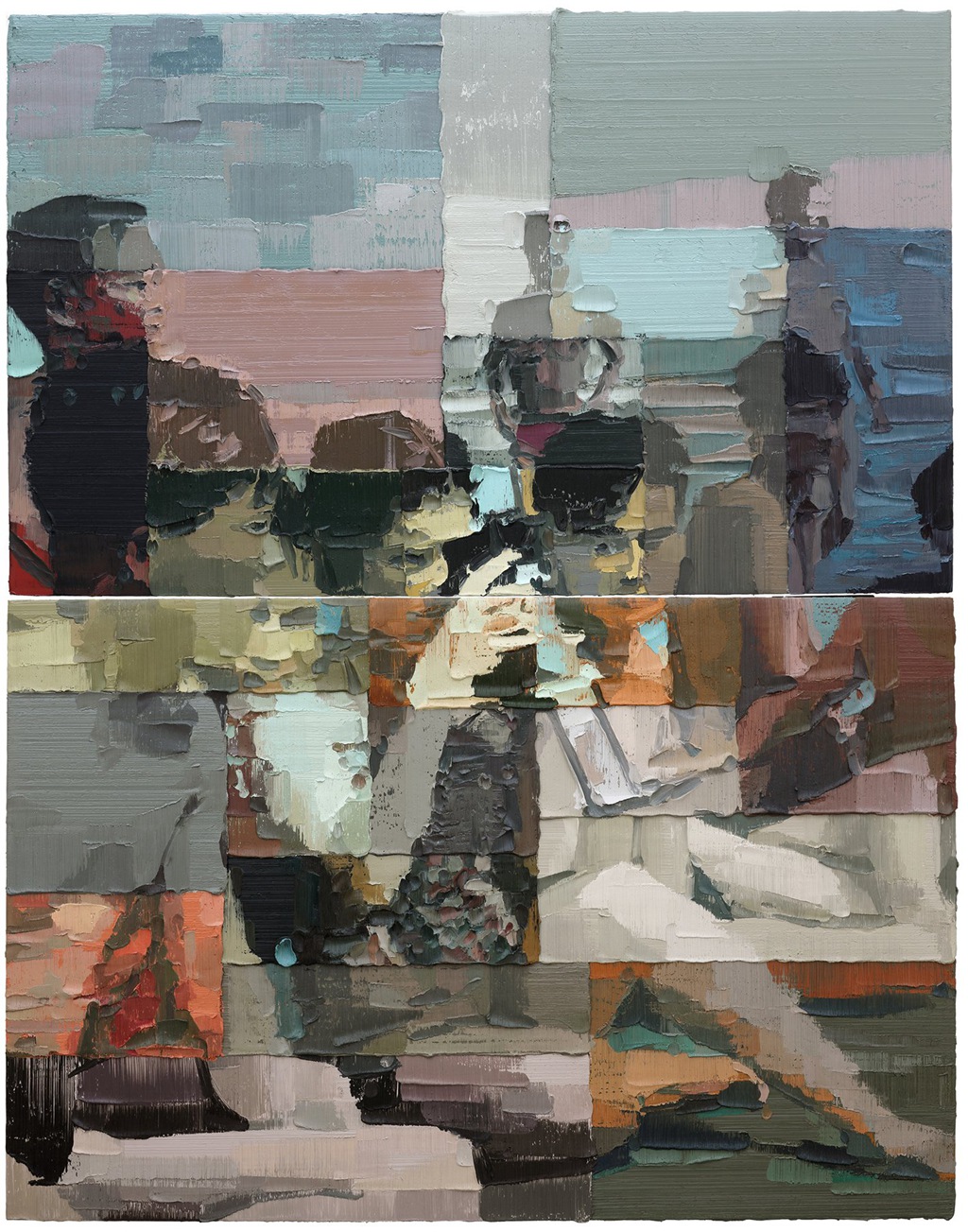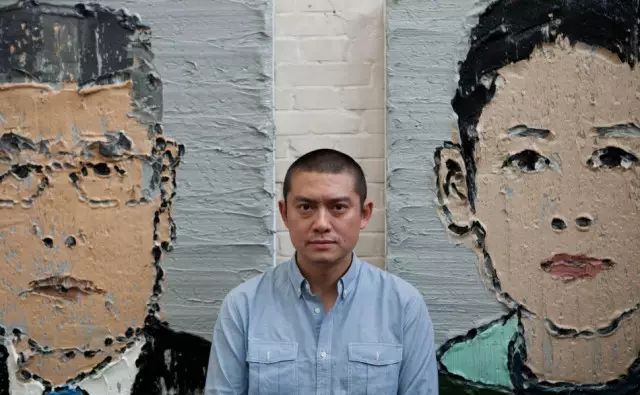
Pace Gallery is pleased to present the second solo exhibition in the US since 2011 of renowned Chinese artist Li Songsong. The exhibition features his most recent works—canvases whose thick layers of paint depict everyday scenes as well as historical imagery culled from found photographs. Li’s paintings point to China’s many transformations, but eschew narrative in order to emphasize the way images operate as nebulous fragments of a history that is open to interpretation. The exhibition will be on view on the 2nd floor of Pace’s new flagship building at 540 West 25th Street from October 25 to December 21, 2019, with an opening reception with the artist on October 24.
In the process of reinterpreting found imagery drawn from public sources such as everyday news items, Li adopts an impartial attitude. “I did not deliberately look for these images,” he explains, “It just happened. For example, a friend of mine went to an old book stall in Beijing to buy old magazines. I saw a good photo, and then I used it. I don’t seem to care about the content of the image itself. Of course, they are a starting point, but they will affect you more on a psychological level than in a narrative way.”
Li is interested in the ways in which images can trigger memories and emotions—a psychological impact magnified by his technique. The use of impasto and the dense materiality of his brushstrokes elicit a potent haptic response, while his palette of cool shades of gray, green, and beige create an estrangement from his chosen subject matter, as seen in The A Little Brother (2017), South (2017), and Civil Rather than Military (2018). Through his signature use of compact blocks of color, Li deconstructs and reassembles images, pushing his art towards abstraction.
This exhibition also presents works that signal the artist’s exploration of new subject matter—images oriented toward individualized experience and private life rather than collective memory and the public sphere. Zorro (2019), for instance, depicts the artist’s pet dog, who recently passed away. The ashes of the animal’s cremated body are the focus of another piece, Bone to Ash (2019). Deviating from his usual strategy of finding inspiration in widely circulated photography, Li turns to a poignant personal event that, despite its specificity, addresses questions with universal resonance—death, love, and memory. A similar work, Owga (III) (2019), offers a close-up of the back of a human head. The impossibility of seeing the figure’s countenance creates a sense of unbridgeable distance and alienation—an impenetrability literalized by the work’s unyielding strata of paint.
About the artist

Li Songsong graduated from the Subsidiary School of the Central Academy of Fine Arts in 1992 and received a B.F.A in oil painting from the Central Academy of Fine Arts in 1996. By the early 2000s, Li began to show his prominent style of heavily painted surfaces drawn from found imagery and mass media. These early works, such as Policemen (2001) and Big River (2001), are characterized by a distinctly monochromatic palette that express the haziness of memory and the impact of both historic and quotidian imagery. Li’s first solo exhibition Public Auction – Work Horse at Qinghua University of Fine Arts, Beijing (2001), would highlight this distinct style. In 2002, Li was one of the first to inhabit a studio in the famous 798 Art District in Beijing, during which time he began to include multiple color schemes into his work and increasingly add more extraordinarily thick and layered pigments.
About the exhibition
Dates: Oct 25–Dec 21, 2019
Venue: Pace Gallery, New York
Courtesy of the artist and Pace Gallery, for further information please visit www.pacegallery.com.




























